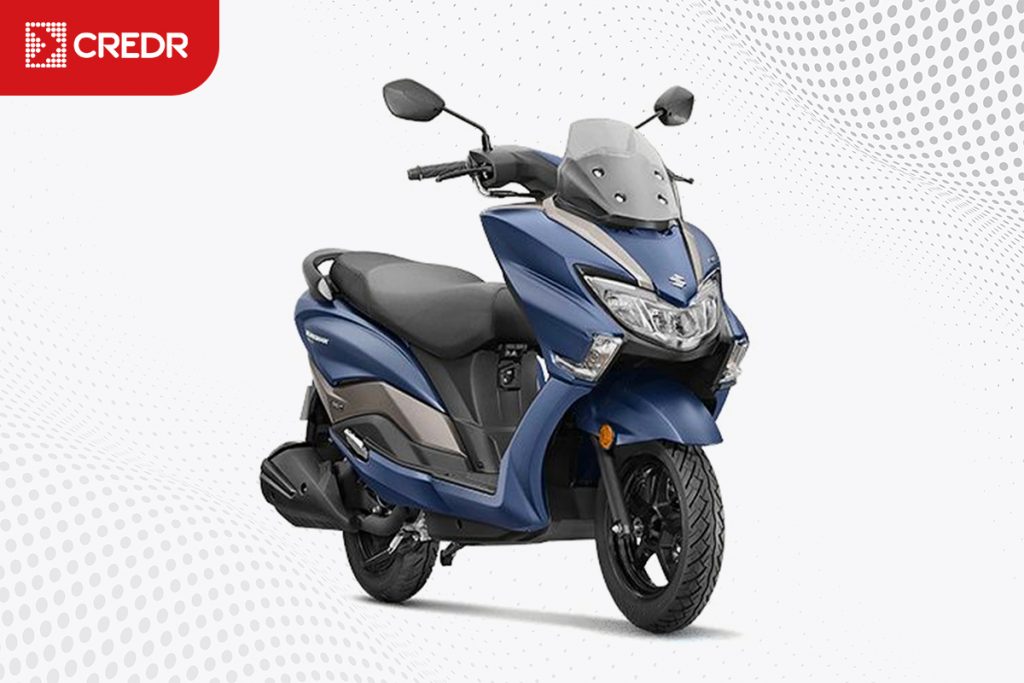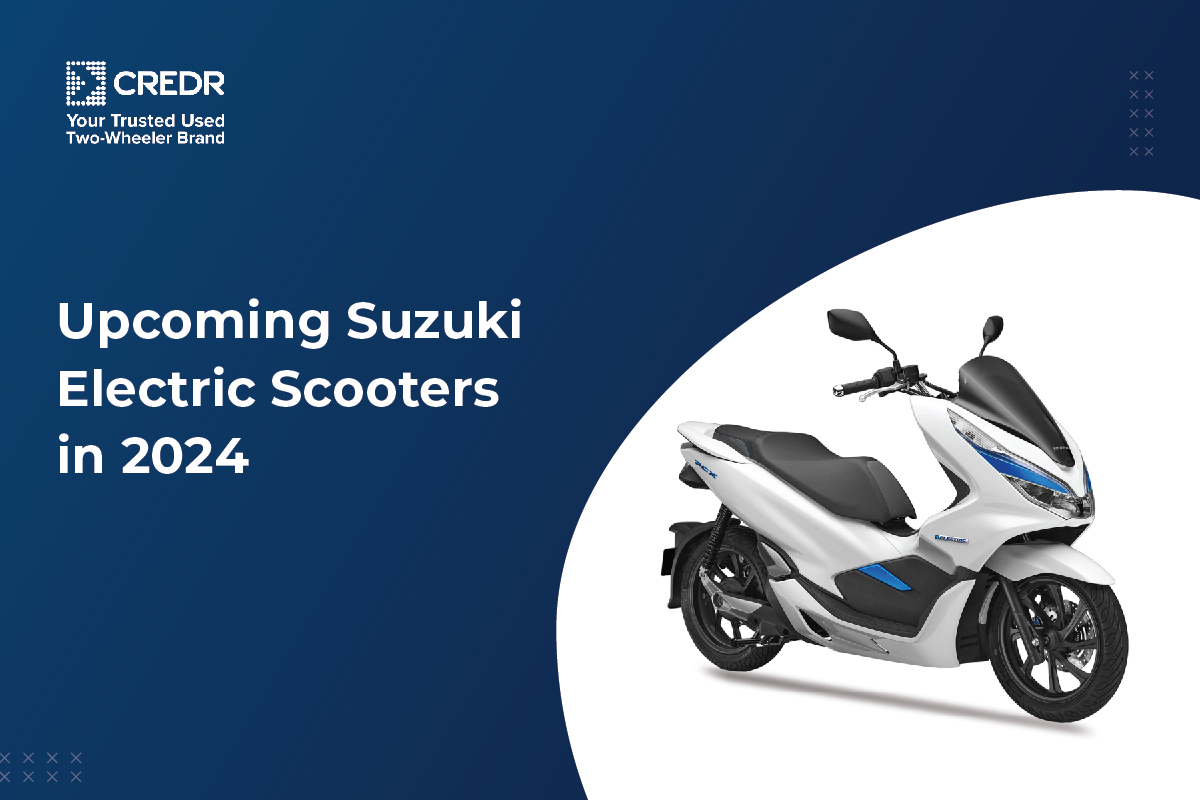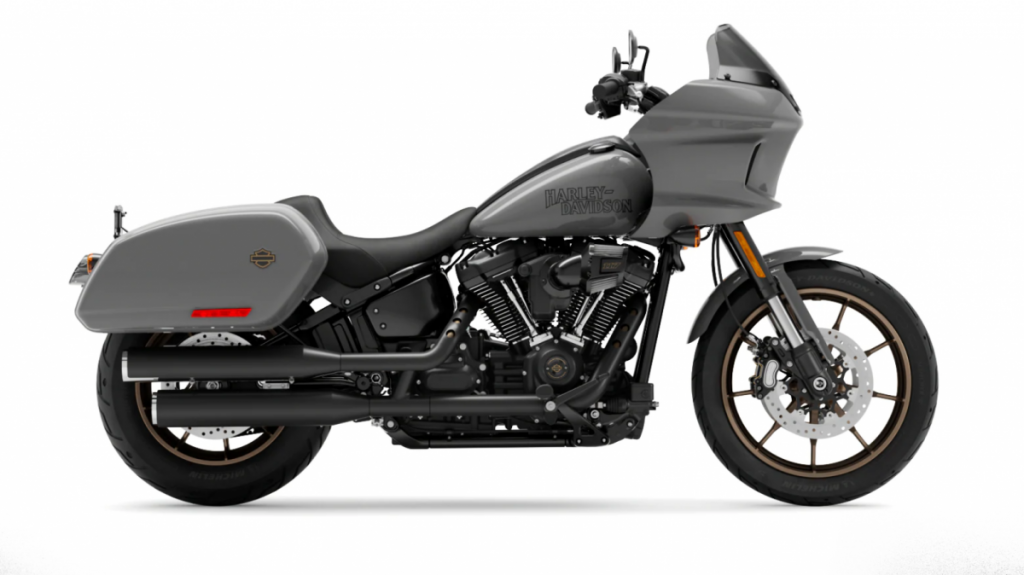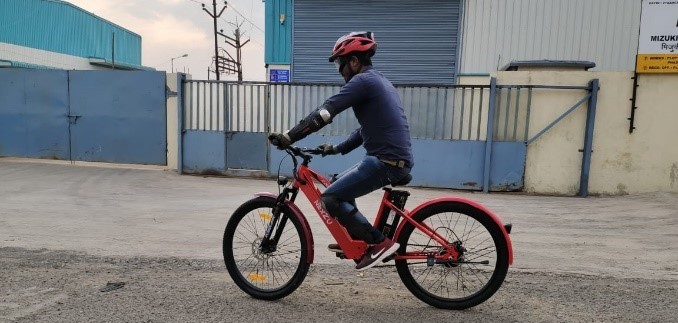Suzuki, a renowned name in the world of stylish and well-performed scooters, has announced its electric mobility plans. Ruling the petrol-powered segment for years, the Japanese giant is now determined to launch its first electric two-wheeler. Known as the Suzuki e-Burgman, this e-scooter is the electric version of its former 125cc petrol-powered scooter Burgman Street.
Expect the launch of the Suzuki Burgman electric scooter in the Indian market in February 2024. It has to compete with the already popular competitors such as Hero Electric Photon, Ampere Magnus EX, and Kinetic Green Flex.
Some of the specs of the Burgman electric scooter have been revealed even before it’s officially out. Brace yourself for an eco-friendly adventure, as we offer you a sneak peek into the Suzuki Burgman electric scooter price and technicalities that set it apart from the existing Burgman Street.
Related Read: Which scooter is best in India: Electric vs. petrol scooter
The Star of the Show: Suzuki Burgman Electric
Suzuki Burgman Electric is all set to hit the roads. The design of the electric Burgman bike is similar to its traditional Internal Combustion Engine (ICE) counterpart.
From the rounded front apron to the long and free-flowing tail section, everything is identical to the existing model. The only difference that sets it apart is its blue and white dual-tone color scheme. Mark the calendars as the Burgman electric launch date is expected in February 2024 with an expected price tag of 1,05,000 to ₹ 1,20,000. As all eyes are on the Burgman electric bike, let’s delve into some of its unique specs:
Swappable Battery: The production-ready model of this e-scooter houses a lithium-ion swappable battery. Suzuki will leverage Honda’s Mobile Power Pack e: swapping stations. It allows riders to replace their scooter’s battery once it is completely degenerated. The battery pack finds its use in Gachaho. Gachaho is a collaborative battery-sharing consortium formed by major Japanese auto manufacturers- Kawasaki, Yamaha, Suzuki, and Honda.
Design: The design of the e-scooter resembles its fossil-fuel counterpart. It preserves its unique maxi scooter design, flaunting a tall body frame above an underbone chassis. The Suzuki Burgman Street equips a telescopic fork, a 12-inch alloy wheel, and a disc brake.
However, its rear features a twin shock absorber setup. The size of the rear wheel is small, it measures up to 10-inch units and is coupled with CBS and drum brake. Expect its motor to generate a power of 4kW and a performance that is similar to a 110cc fuel-powered scooter. Offering a range of approximately 90km, the e-scooter is suitable for daily commutes.
Competitors: The Burgman Electric will compete with other electric scooters like the TVS iQube Electric, Bajaj Chetak, Ola S1, Vida V1, Honda Activa Electric, Simple One, and Ather 450X.

| Specs | Burgman Electric |
| Length | 1825mm |
| Width | 765 |
| Height | 1140 |
| Seat Ht | 780 |
| Kerb Wt | 147 kg |
| Rated Output | 0.98 kW |
| Peak Output | 4.0 kW |
| Max Torque | 18 Nm |
| Motor Type | Ac Synchronous Electric Motor |
| Battery Type | Lithium Ion |
Related Read: Hit the Road With Emissions: Electric Scooter For Family Adventures
Beyond Suzuki e-Burgman: What Else to Expect?
Suzuki is actively working on introducing electric vehicles to hit the Indian roads. This is a vital part of its electric mobility strategy and contribution to carbon neutrality. The Japanese two-wheeler brand is developing an electric version of its renowned 125cc scooter, the Suzuki Access 125. The electric version of the Access 125 may include retro styling elements. In terms of features, it can include a fully digital instrument cluster, LED headlamp, and connectivity features.
Furthermore, Suzuki revealed its hydrogen-fuelled Burgman scooter which aligns with its goals of carbon neutrality. This scooter houses a Burgman 400 ABS accompanied by an engine and hydrogen tank.
The two-wheeler brand Suzuki, is now a member of the Swappable Battery Consortium which promotes the use of e-scooters and battery sharing in Japan. Besides, the other members of this consortium are Kawasaki Heavy Industries, Ltd., Honda Motor Co., Ltd., and Yamaha Motor Co., Ltd. This collaboration aims to standardize replacement systems and swappable batteries.
Conclusion
Suzuki’s foray into the world of Electric Vehicles is a treat for eco-conscious riders. The electric mobility venture supports sustainability and innovation while promising a thrilling ride into an eco-friendly tomorrow. Stay tuned for official announcements and updates from Suzuki. Visit our CredR showroom today or navigate through an array of Suzuki models on our website to find something that suits you!





Thank you for the enlightening stake on e-bicycle batteries!
I’m considering an raise and make a few questions:
Assault and battery Types: Potty you equate lithium-ion, NiCd, and lead-sulphurous batteries in price
of efficiency and biology impact? Which is better for e-motorcycle length of service?
Charging Tips: What are the Florida key do’s and don’ts for charging to reach out barrage fire life-time?
Capability vs. Range: How does stamp battery capability feign the e-bike’s
range, and is in that respect an apotheosis typecast for longer distances?
Cost-Performance Balance: Which shelling case offers the
outdo prize for carrying into action without breaking the deposit?
Futurity Trends: Are there any upcoming barrage fire technologies we should face proscribed for?
Your insights would greatly assistance in devising an informed decisiveness.
Thanks!
Thank you for the support. We’ll be covering some more related topics soon. Keep following our blogs and social media channels.